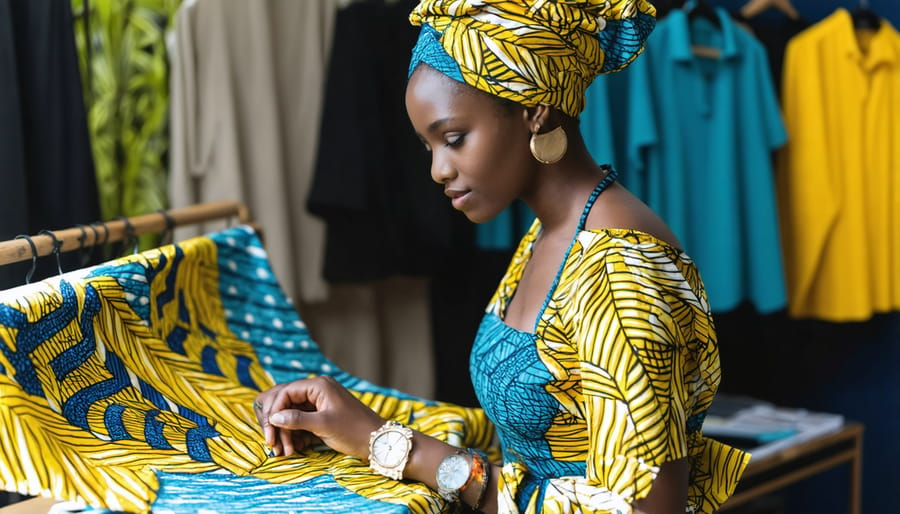Fashion has always been a powerful form of cultural expression, and nowhere is this more evident than in the way traditional attire is evolving today. Across many regions, especially in Africa, designers and fashion enthusiasts are finding innovative ways to modernize traditional garments, blending heritage with contemporary style. This fusion not only preserves cultural identity but also appeals to new generations seeking both authenticity and modernity in their wardrobe.
Traditional attire often carries deep cultural significance, with fabrics, patterns, and styles representing specific communities, stories, or rites of passage. However, many of these garments were once viewed as formal or ceremonial wear, not suited for everyday life or modern fashion contexts. Today, creative designers are transforming these perceptions by reimagining traditional fabrics such as kitenge, kente, and ankara in fresh and wearable forms.
One key way traditional attire is being modernized is through the use of contemporary cuts and silhouettes. Designers take classic fabrics and rework them into modern shapes think tailored blazers, sleek dresses, jumpsuits, and even streetwear pieces that resonate with urban lifestyles. This approach bridges the gap between heritage and modernity, allowing traditional prints to shine in settings ranging from offices to casual social gatherings.
Moreover, the color palettes and fabric treatments are also evolving. While the rich, vibrant colors remain a hallmark, some designers experiment with monochrome or pastel versions to suit diverse tastes and occasions. Additionally, blending traditional textiles with other materials, such as denim or leather, creates unique hybrid pieces that celebrate culture while embracing innovation.
Accessories and styling play a major role in this modern twist on traditional attire. Pairing a classic print skirt with minimalist sneakers or combining a traditional headwrap with contemporary jewelry adds versatility and personal expression. Social media influencers and fashion bloggers have also propelled this trend, showcasing how cultural attire can be styled in numerous ways to fit different moods and events.
This modernization movement is not just about fashion aesthetics; it also empowers local artisans and preserves craftsmanship. As demand for traditional fabrics and modernized designs grows, it supports communities that produce these textiles, ensuring these cultural arts continue to thrive.
In essence, fashion that meets culture is a celebration of identity, creativity, and progress. By blending the past with the present, traditional attire is no longer confined to special occasions but is part of everyday style, inspiring pride and innovation across generations.

